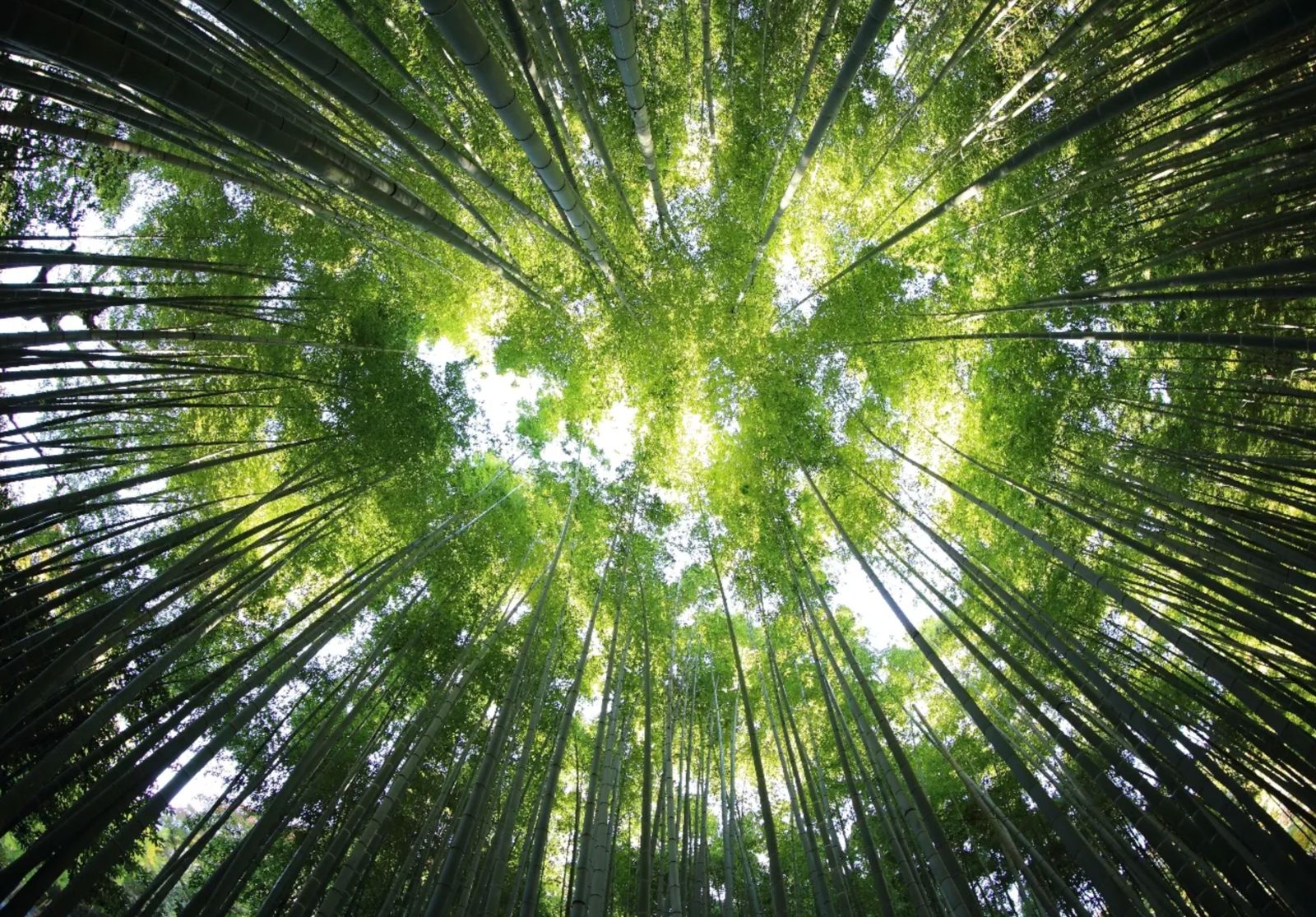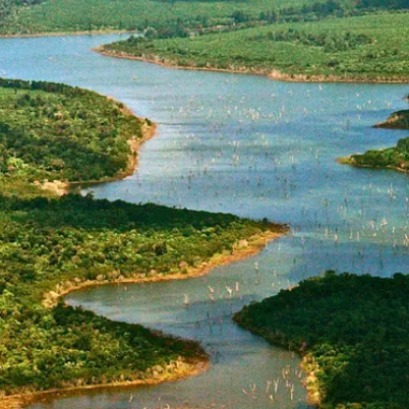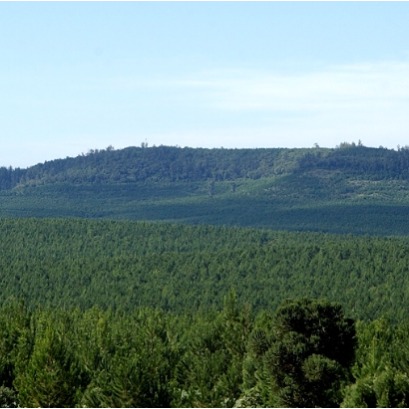
They confirm that multi-species forests store more carbon than monocultures
Florestas compostas por diversas espécies têm capacidade de capturar mais carbono da atmosfera. Isto abre um debate sobre florestas monoespecíficas, algo que é muito comum no setor da indústria florestal.
A forest composed of more than one species, or a field of more than one crop, has the property of capturing more carbon from the atmosphere. This is the conclusion of a recent study published in Frontiers in Forest and Global Change. It has long been known that biodiversity increases forest productivity, but the effects demonstrated in the recent publication are quite surprising in terms of magnitudes.
Diverse forests are 70% more effective as carbon sinks. Different species with complementary traits can increase total storage.
The truth is that forestry companies usually plant monocultures, so the study may affect the practices of the sector. In dialogue with this medium, ecologist and meteorologist Rémy Beugnon, from the German Center for Integrative Biodiversity Research, indicated that what seems most interesting about the study is the connection with real-world applications.
By demonstrating that a plantation with a single type of tree captures less carbon than with diversity, it should be a point to be taken into account by forestry companies to propose a healthier business with the environment. The researchers examined more than 11,300 studies, some of them from a global network of tree diversity experiments called TreeDivNet. Thus, they were able to find 18 that included the information necessary to compare carbon storage in monocultures with that of stands containing two or more tree species.
Diversity wins
The first results of the research led by Emily Warner from the University of Oxford in the United Kingdom indicate that monocultures cannot keep up with mixed forests. Stands with two or more species contained at least 25% more above-ground carbon than the best-performing monocultures, although the researchers note that more data is needed on this comparison. In any case, the signs seem to be very strong.
For example, when the researchers focused on forests with four species, the effect was more surprising. These mixed stands contained more than four times as much carbon as the average monoculture and more than twice as much as the best-performing monocultures. In any case, how many tree species a forest needs to maximize its productivity is an open question, something that Warner herself points out. She and her colleagues found that carbon storage peaked with four species, but the studies they analyzed were biased toward young forests with few species, which may have influenced the result.
And here comes a point of great interest. Many companies and countries are working on carbon quotas by planting trees to complement carbon emissions in other parts of the world. A very profitable business. But this study puts a spotlight on the forms of this practice. These results show that it is not just about planting trees; It is about planting diverse forests.
What lies ahead
The study points out that there are many reasons why mixed stands can be more productive than monocultures. For example, different species may have complementary ways of using resources, so mixtures of these species may coexist more easily than stands containing a single species. According to the researchers, nitrogen-fixing trees, which transform nitrogen from the air into a form usable by other plants, did not increase forest productivity more than non-nitrogen-fixing species.
This is a first step that opens the door to subsequent studies that provide more details and work on more areas of the world. For example, this study did not include South America and Africa. Another of the authors of the work, ecologist Catherine Potvinm, indicated that future studies could also take into account the carbon stored underground. It is difficult to find this data because to analyze underground carbon you have to dig up the roots of the trees.
No less a point are the logistical problems that prevent forestry companies from planting diverse forests. The machines used to plant trees are often best suited for a single species, and harvesting multiple species is more complicated than harvesting a monoculture. Different species may have different growth rates, resulting in different sized trunks or different height branches that require different felling practices, for example. Additionally, forests take many years to grow, so foresters tend to be reluctant to try new species or techniques because they won't know the value of their investment until decades later.

IT MAY INTEREST YOU
 The second largest wetland in South America is located in Argentina: what is it?
The second largest wetland in South America is located in Argentina: what is it?
Argentina has national parks that place it in a unique position within South America, competing with 300 others. Which is the largest? South America is home to more than 300 national parks, but many go unnoticed. There are extensive wetlands that have been the subject of major ecological restoration projects, to coastal mountains with deep indigenous heritage. Today we tell you the case of one located in Argentina.
 Missions | New illegal felling in the Piñalito Provincial Park in San Pedro reveals the silent expansion of deforestation in protected areas
Missions | New illegal felling in the Piñalito Provincial Park in San Pedro reveals the silent expansion of deforestation in protected areas
The advance of deforestation on protected areas was once again evident this week in the Piñalito Sur Provincial Park, in San Pedro, where the Ministry of Ecology and Renewable Natural Resources confirmed a new case of selective illegal logging. The event occurs in a context of growing concern about the fragility of the environmental control system in rural and border areas, where the scarcity of resources, personnel and logistics limits the capacity of surveillance against criminal organizations organized to steal native woods and market them on the black market in connivance with sawmill owners.
 Free seminar on the implementation of the European EUDR regulation on deforestation-free wood products
Free seminar on the implementation of the European EUDR regulation on deforestation-free wood products
The Argentine Forestry Association (AFoA) organizes the seminar «EUDR in Forest Products: Current status of implementation. Regulatory requirements and private experiences", which will take place on Wednesday, November 26, from 11:00 a.m. to 12:00 p.m., via Zoom, with live streaming on YouTube. The European Regulation on Deforestation-Free Products (EUDR) will enter into force on December 31, 2025 and will impose new requirements for forest products entering the European Union market.




















